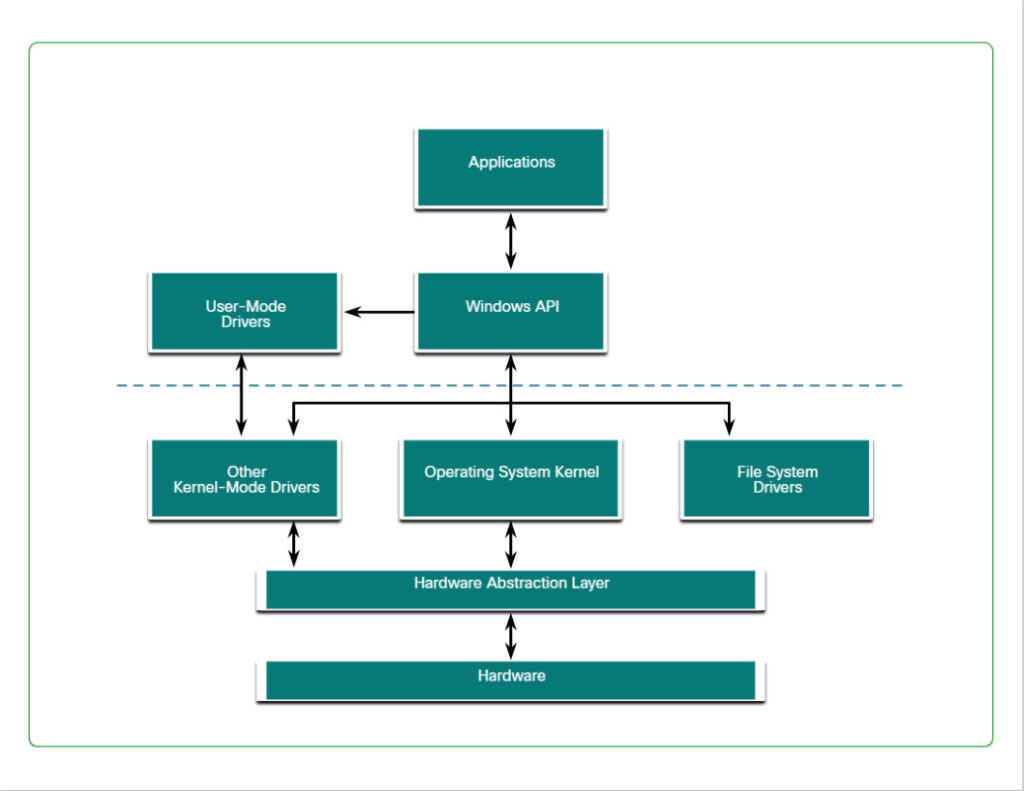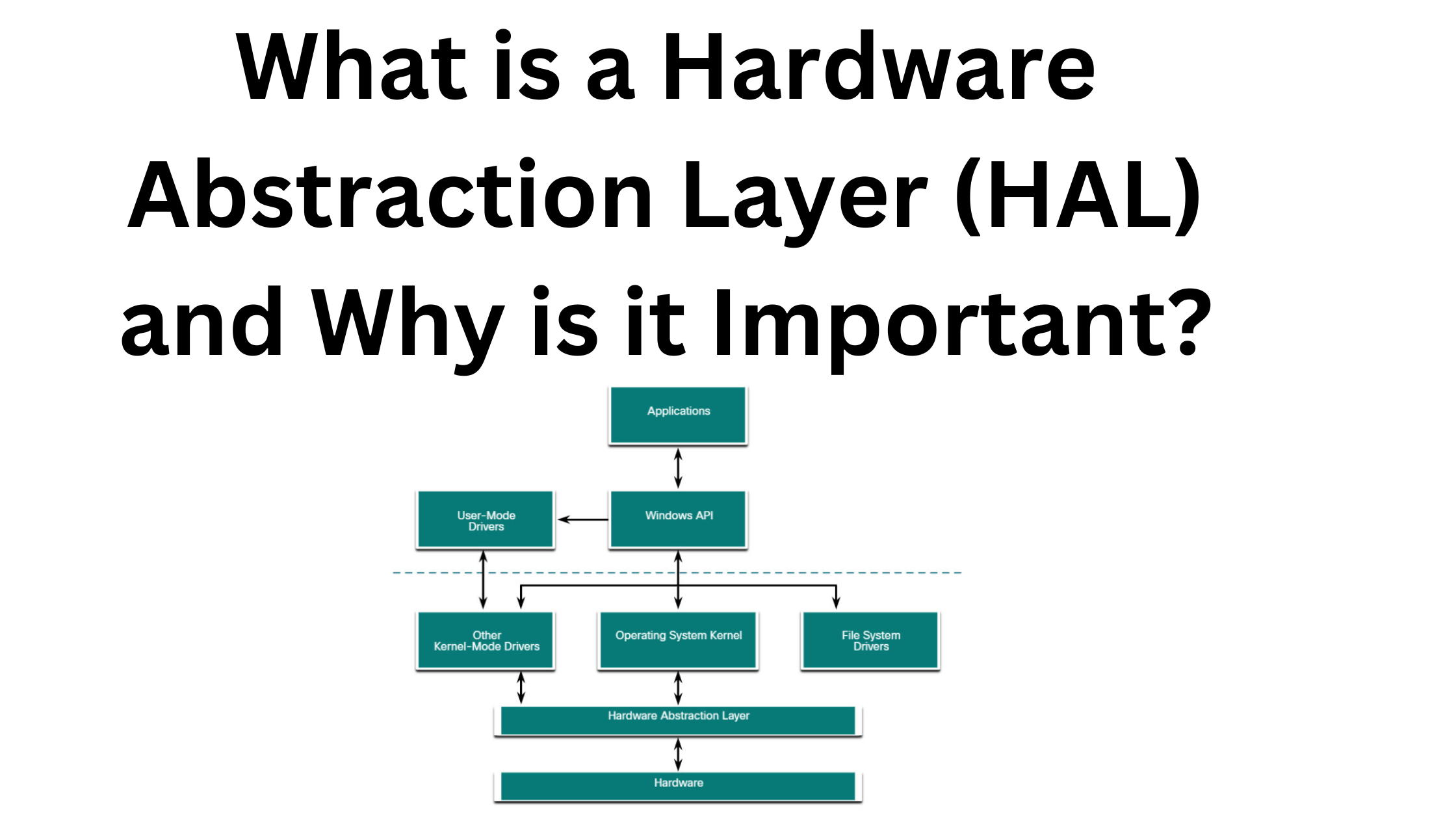A hardware abstraction layer (HAL) is a software layer that provides a standard interface between hardware devices and the operating system. The HAL hides the specific details of the underlying hardware from the operating system, which makes it easier for the operating system to be ported to different hardware platforms.

Why is a HAL (Hardware Abstraction Layer) important?
HALs are important for several reasons:
- Portability: HALs make it easier to port operating systems to different hardware platforms. Without a HAL, an operating system would need to be explicitly rewritten for each hardware platform, which would be time-consuming and expensive.
- Adaptability: HALs make it easier for operating systems to adapt to changes in hardware. For example, if a new hardware device is released, the operating system can be updated with a new HAL driver.
- Ease of development: HALs make it easier to develop device drivers. Device driver developers can focus on writing drivers for the HAL interface, rather than having to write drivers for each specific hardware device. This can save time and money.
- Performance: HALs can improve the performance of operating systems by hiding the specific details of the underlying hardware. For example, a HAL can optimize memory access and data transfer between the CPU and hardware devices.
A HAL works by providing a set of standard functions that can be used to interact with the underlying hardware. These functions are implemented by the HAL itself, and they hide the specific details of the hardware from the operating system. When the operating system needs to interact with a hardware device, it simply calls the appropriate HAL function. The HAL function then performs the necessary operation on the hardware.
Examples of HALs
Some examples of HALs include:
- The Microsoft Windows Hardware Abstraction Layer (HAL)
- The Linux kernel’s hardware abstraction layer (HAL)
- The Android Hardware Abstraction Layer (HAL)
- The FreeBSD Hardware Abstraction Layer (HAL)
The benefits of using HALs include:
- Portability: HALs make it easier to port operating systems to different hardware platforms.
- Adaptability: HALs make it easier for operating systems to adapt to changes in hardware.
- Ease of development: HALs make it easier to develop device drivers.
- Performance: HALs can improve the performance of operating systems by hiding the specific details of the underlying hardware.
Challenges of using HALs
One of the main challenges of using HALs is that they can add complexity to operating systems. HALs also need to be carefully designed and implemented to avoid performance bottlenecks.
HALs are an important part of many operating systems. They provide several benefits, including portability, adaptability, ease of development, and performance improvements. However, HALs can also add complexity to operating systems, and they need to be carefully designed and implemented to avoid performance bottlenecks.
